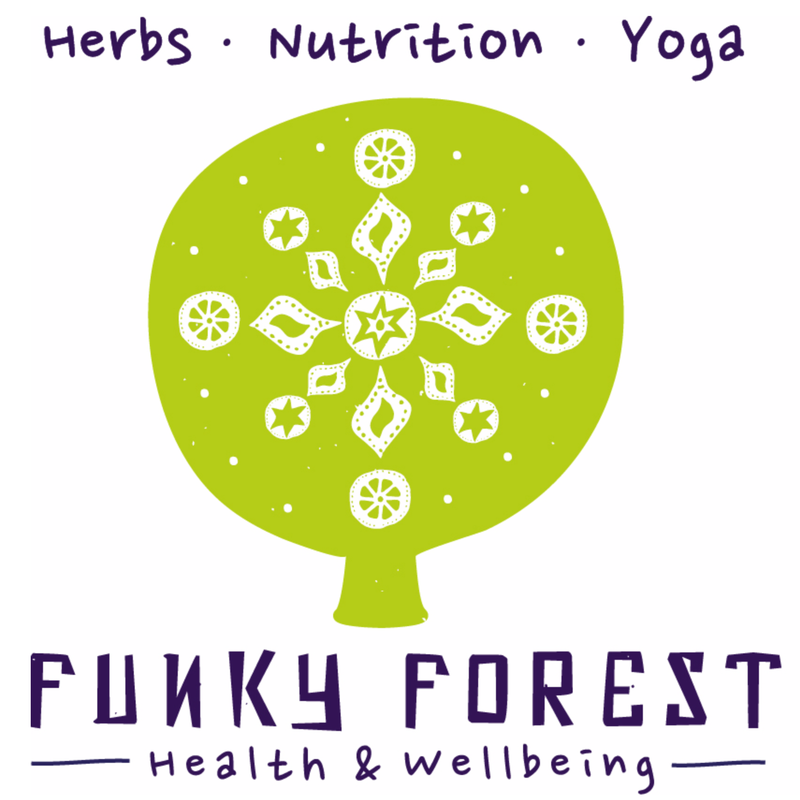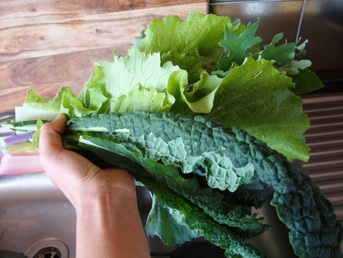
Some carefully observing friends may ask: Why kale?
Besides the fact that it's beautiful curly leaves and dark green hue make it an amazingly sexy cruciferous crusader, there are many solid reasons to include this champion of champions in your diet. Here are six of them:
Sick of spending money on anti-wrinkle creams? Eat more kale. It's a superstar in the arena of carotenoids and flavonoids, two powerful antioxidants that protect our cells from free radicals that cause oxidative stress. With the addition of high doses of celebrity antioxidants vitamin C, vitamin A, and manganese, kale is a smart choice in the battle against cellular oxidation.
2. Still walking at 100..
One cup of kale provides about 10% of the RDA of omega-3 fatty acids that helps regulate the body’s inflammatory process. A megadose of vitamin K further aids to fight against excessive inflammatory-related problems, such as arthritis, autoimmune disorders, and asthma. Kale's whopping dose of vitamin K (there's 1327% of the RDA in one cup) is necessary for the synthesis of osteocalcin, a protein that strengthens the composition of our bones.
3. ..and still seeing at 100!
With over 192% of the RDA of vitamin A, one cup of kale keeps our eyesight sharp, is an effective antioxidant, boosts immunity, maintains healthy bones and teeth, prevents urinary stones, and is essential to our reproductive organs. Kale also has plenty of star anti-oxidant vitamin C, which lowers blood pressure, ensures a healthy immune system, and fights against age-related ocular diseases, such as cataracts and macular degeneration.
4. Anti-cancer
Kale can be likened to the superhero of vegetables, especially green leafy ones. Deep green kale contains the highest levels of antioxidants of all vegetables. Kale's high content of flavonoids and antioxidants work together to prevent and even combat cancer, in particular colon, breast, bladder, prostate, ovarian cancers, and gastric cancer.
5. Digestion
One cup of kale contains nearly 20% of the RDA of dietary fibre, which promotes regular digestion, prevents constipation, lowers blood sugar and curbs overeating. Kale contains the glucosinolate isothiocyanate (ITC) that fights the formation of H. pylori (Helicobacter pylori), a bacterial growth in the stomach lining that can lead to gastric cancer.
6. Happy hearts, brillant blood
The high fibre content of kale lowers our cholesterol by binding with bile acids that the liver produces from cholesterol for digesting fat. Because many of these bile acids are coupled with fibre, the liver is charged with producing more bile acid to digest fat, and therefore requires more cholesterol to so, ultimately lowering the amount of cholesterol within our bodies.
The vitamin K in kale also prevents calcium build-up in our tissue that can lead to atherosclerosis, cardiovascular disease and stroke.
Where to get it
You can buy kale (tuscan, dinosaur, red, cavolo nero or black) from many weekend markets - in Brisbane try the Northey St organic markets on a Sunday. Other than that, you can get it from health food stores such as Wray's and Mrs. Flannerys, but these may charge a premium.
Here on the Gold Coast many weekend markets sell kale, but personally we grow all our greens in our garden and have no shortage of kale - it's very easy to grow and loves sunlight.
Rotate your Greens
Kale is moving out of season now - Spring is the best time for growing and harvesting. Now that it's Summer we are replacing kale with other types of greens to match the seasons - in our juices we are using asian greens such as bok choy and choy sum.
I tend to rotate my intake of different greens with the seasons - it's cheaper, helps you to stay in sync with environmental change and attuned to your natural surroundings, reduces the risk of plant toxin overload (spinach overload can be dangerous!) and also to widen the range of micronutrients I get from the greens.
How to use it
Wash kale before use, and don't discard the outer, deep green leaves - these contain rich amounts of carotenes and indoles. Kale is good juiced, blended in green smoothies, chopped finely in raw salads, steamed or stir-fried. For non-vegans, its strong taste goes well with eggs, bacon and cheese. My favourite use for it is classic Green Juice, or in a mixed cooked / raw salad like this Roasted Earth Vegetable, Kale & Dill Salad. Kale, like spinach, shrinks a lot during cooking, so make sure you add plenty to the pan!
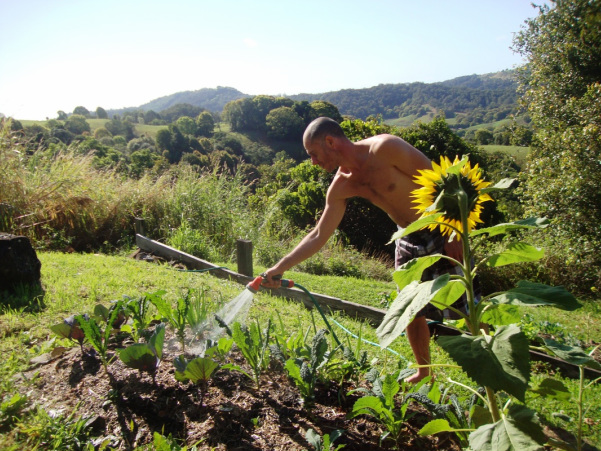
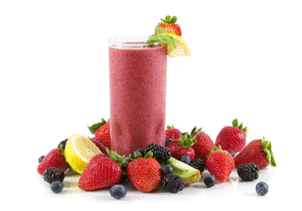
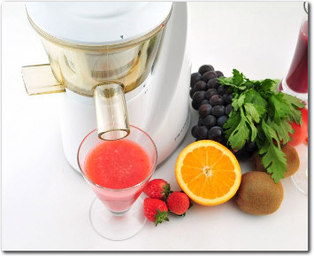







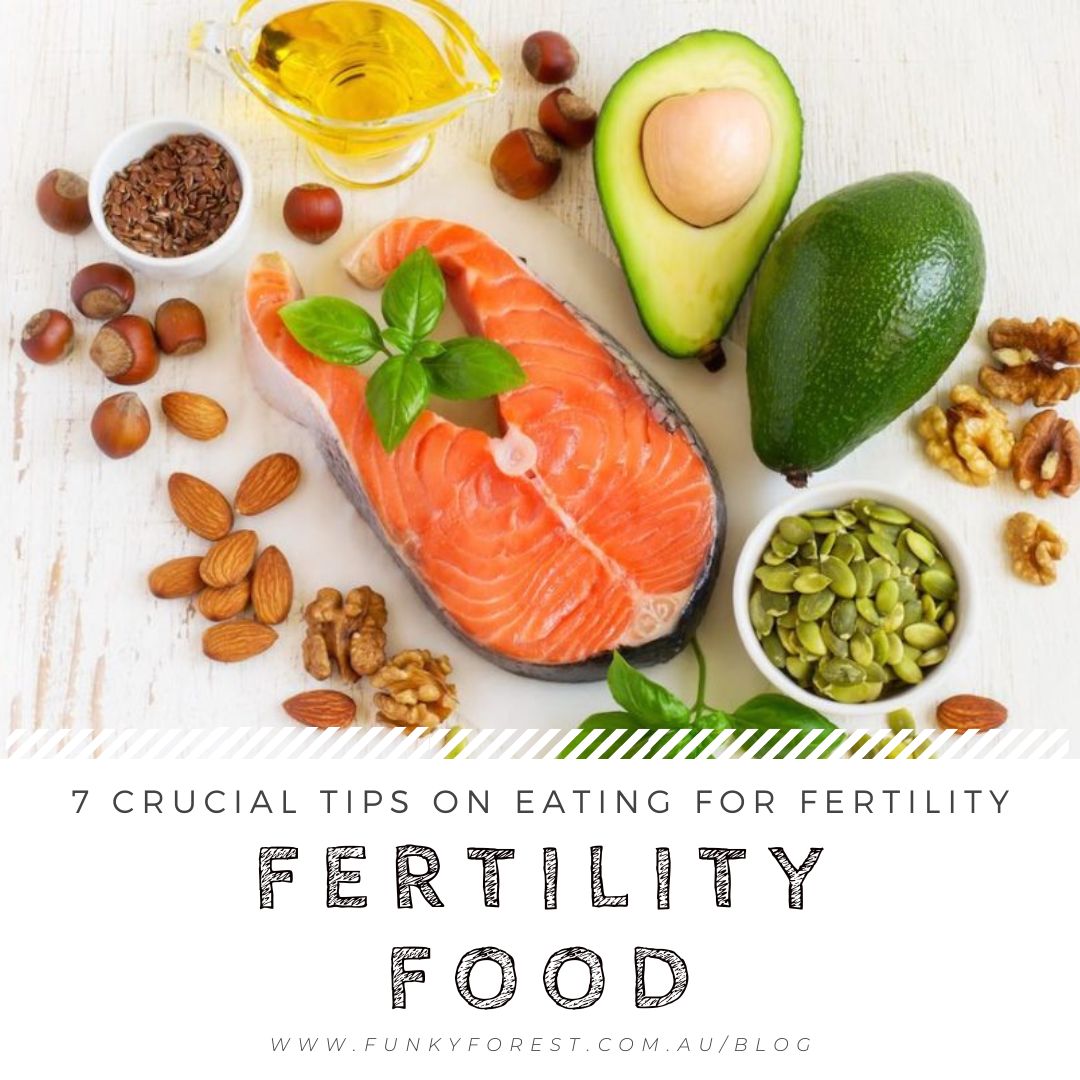
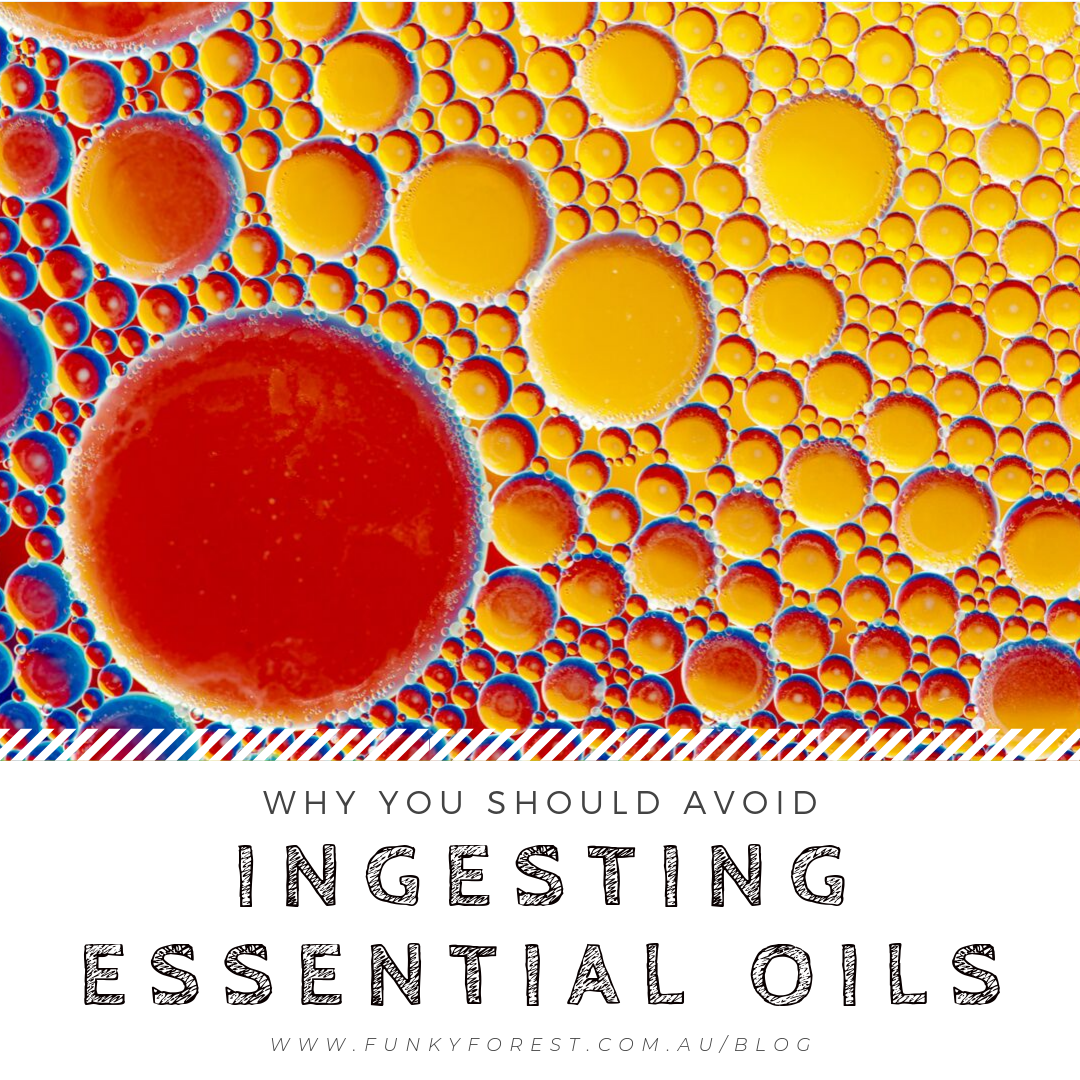
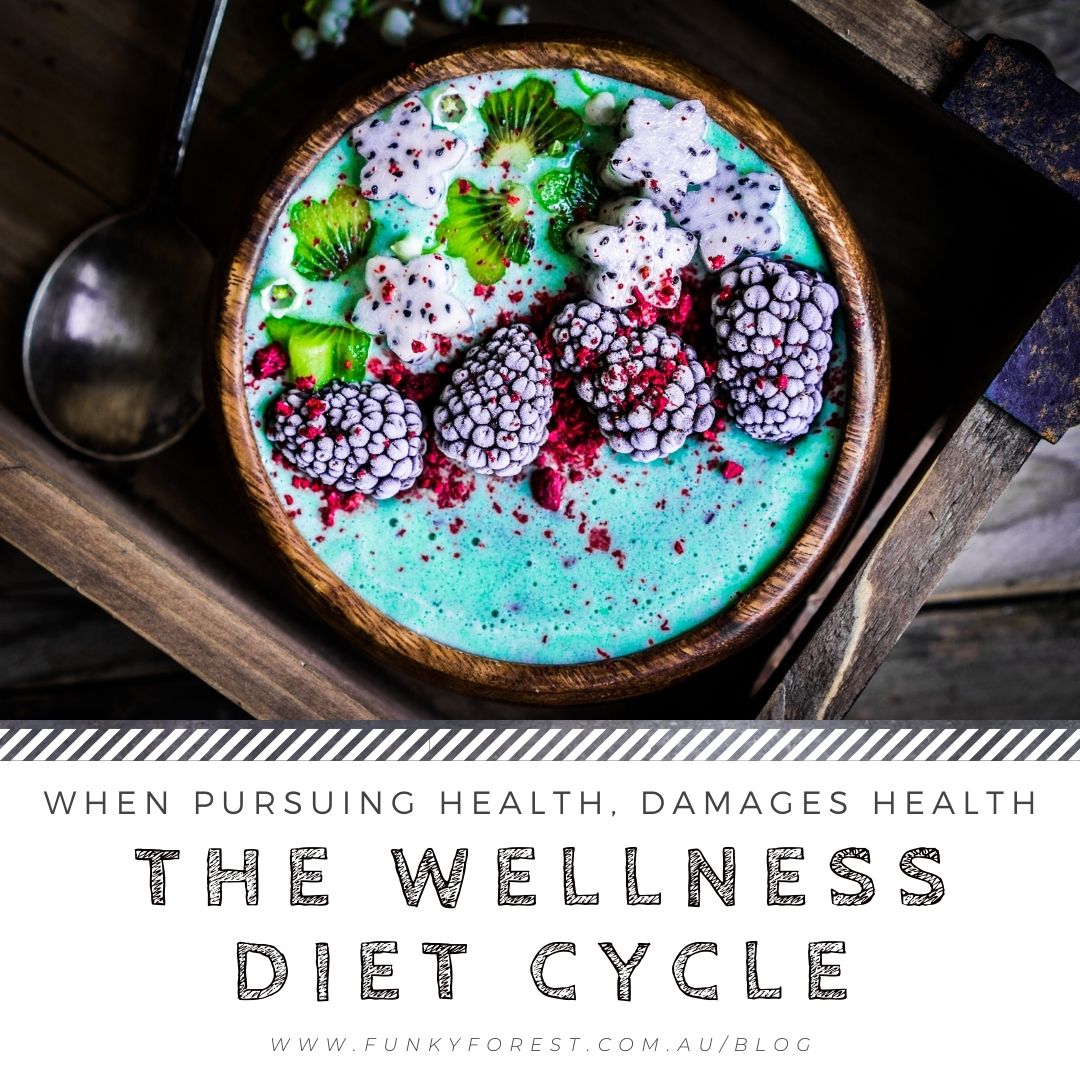
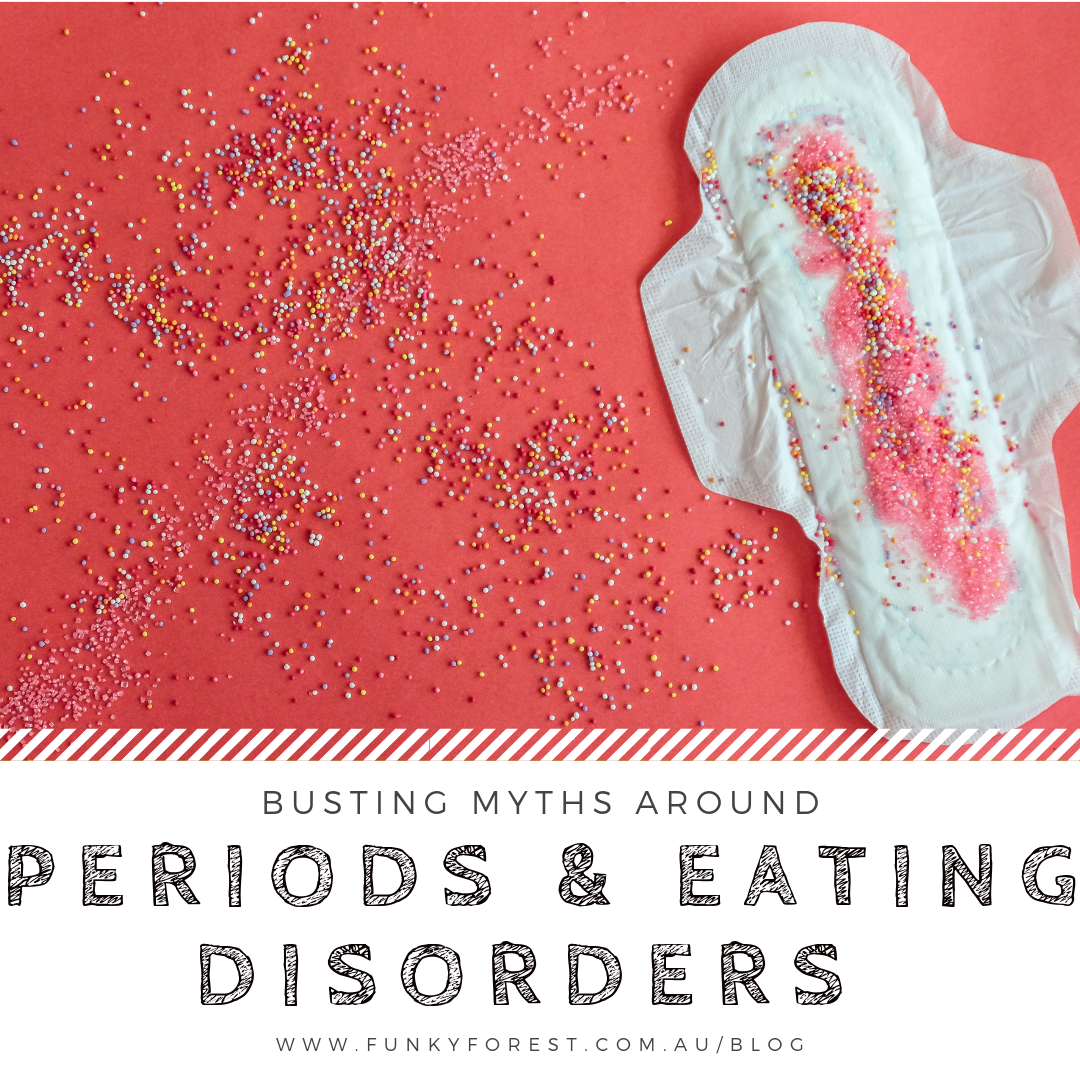






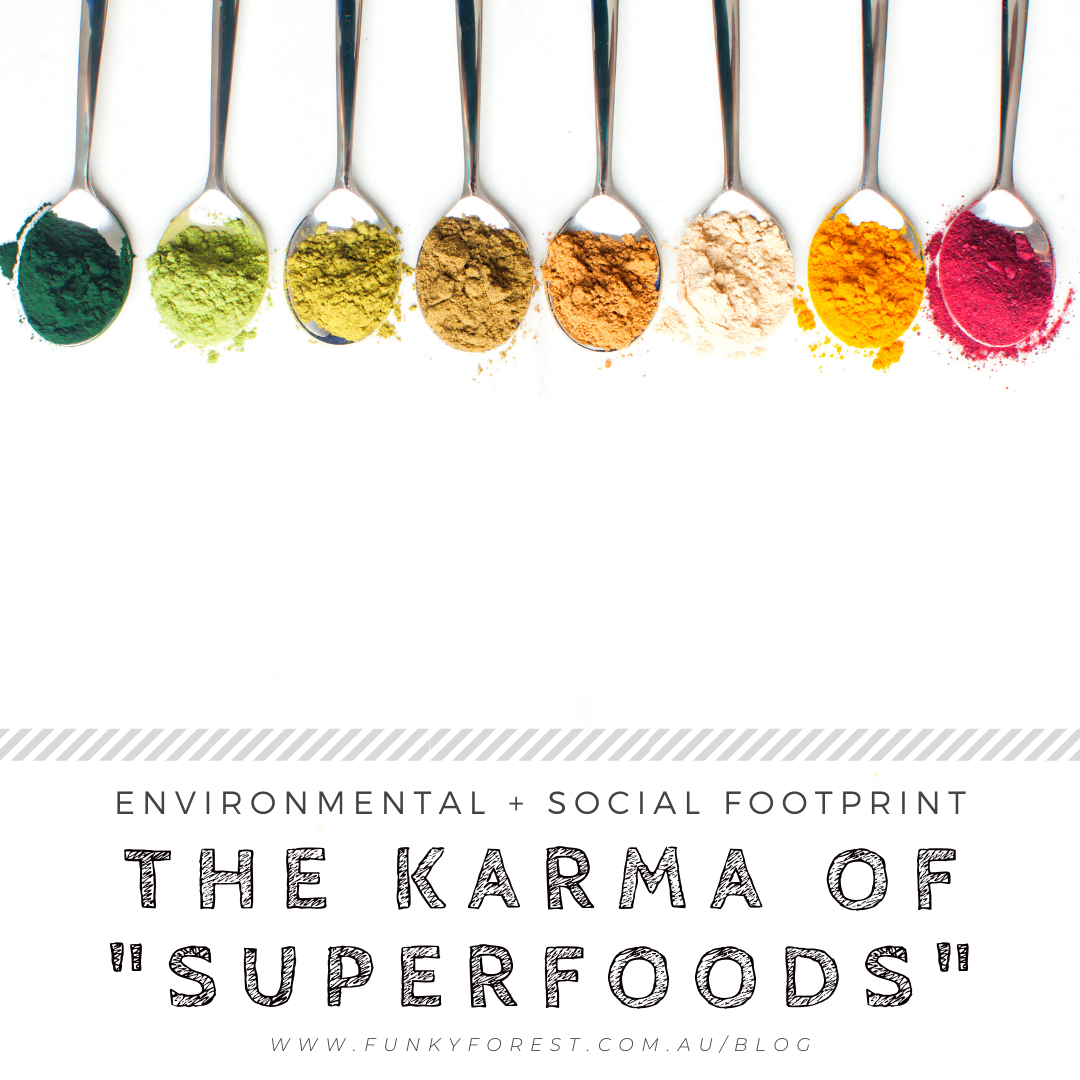


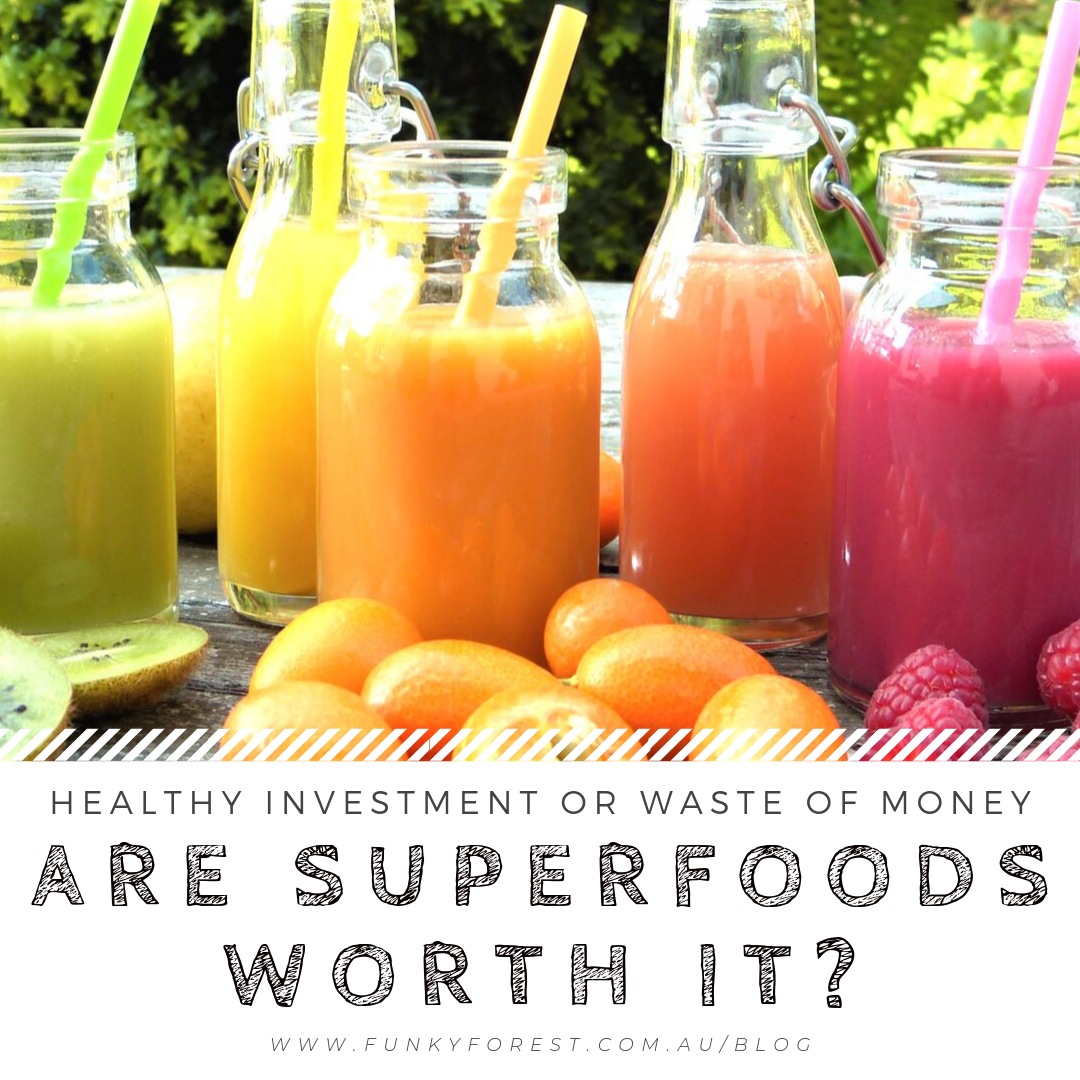
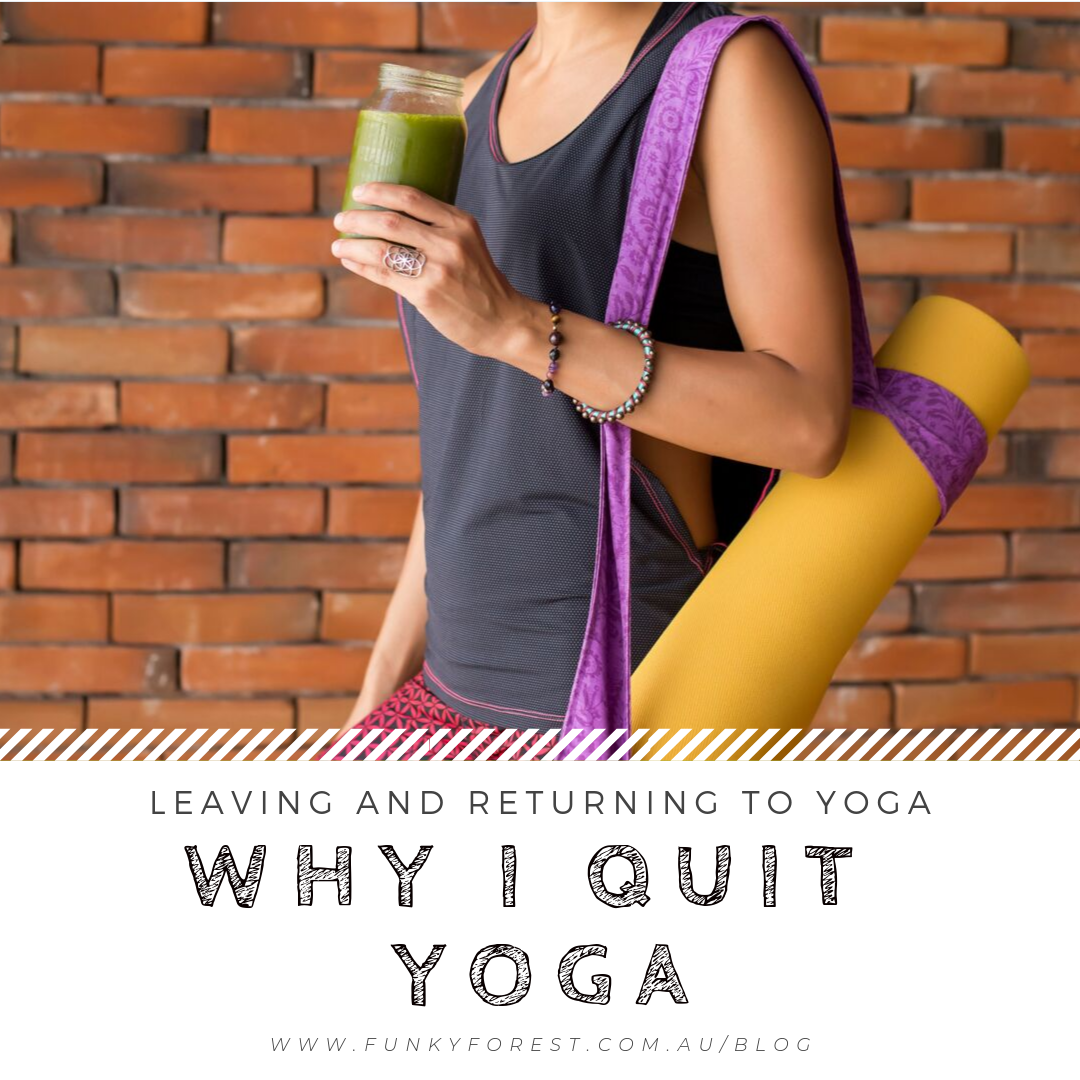
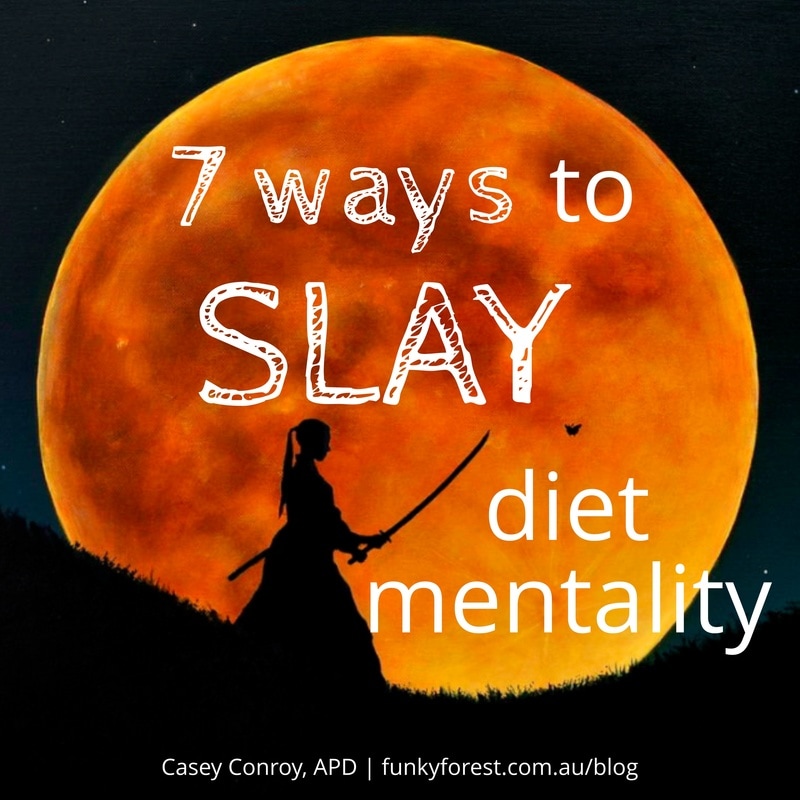
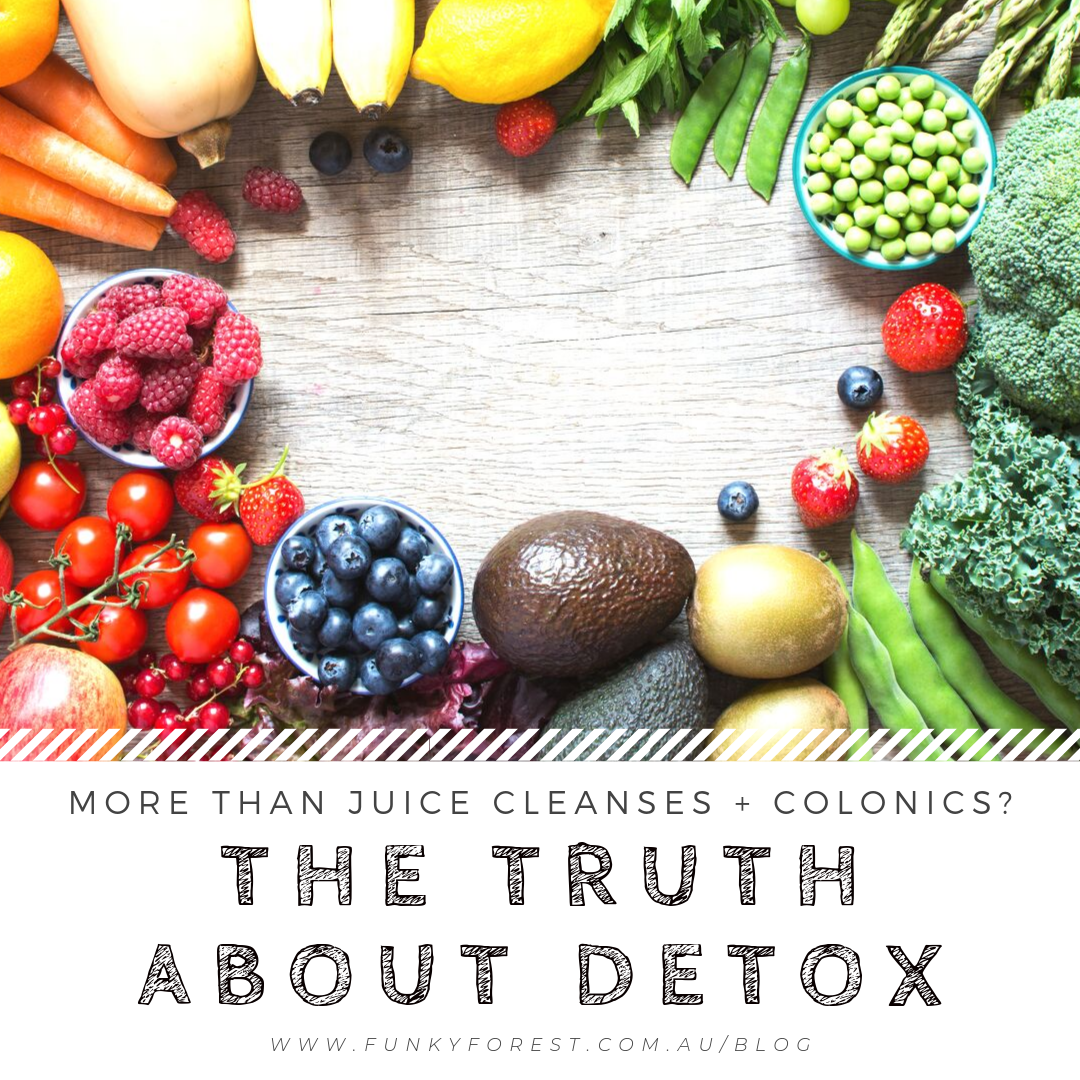
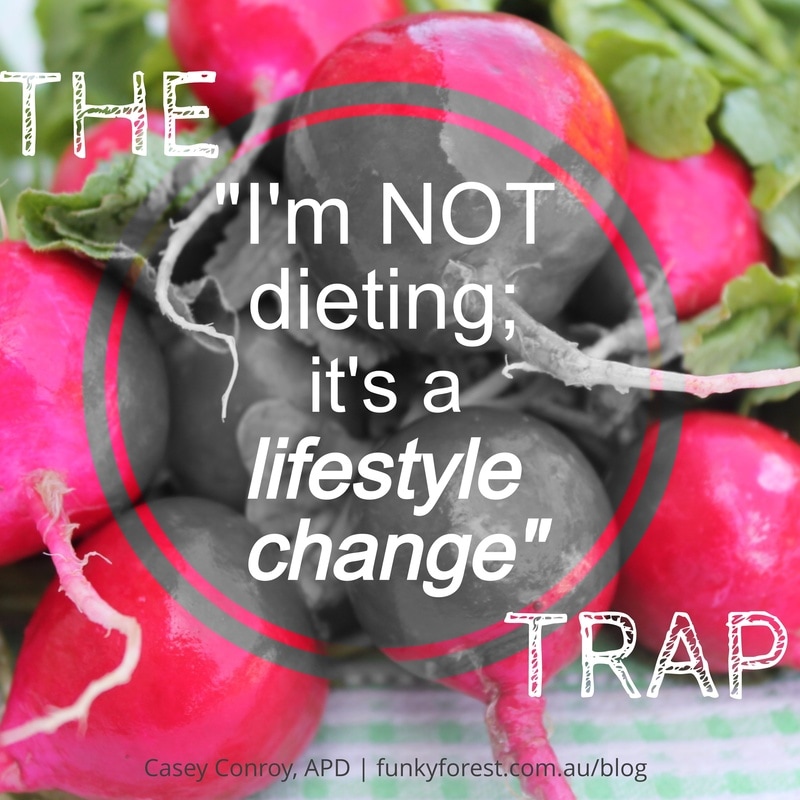

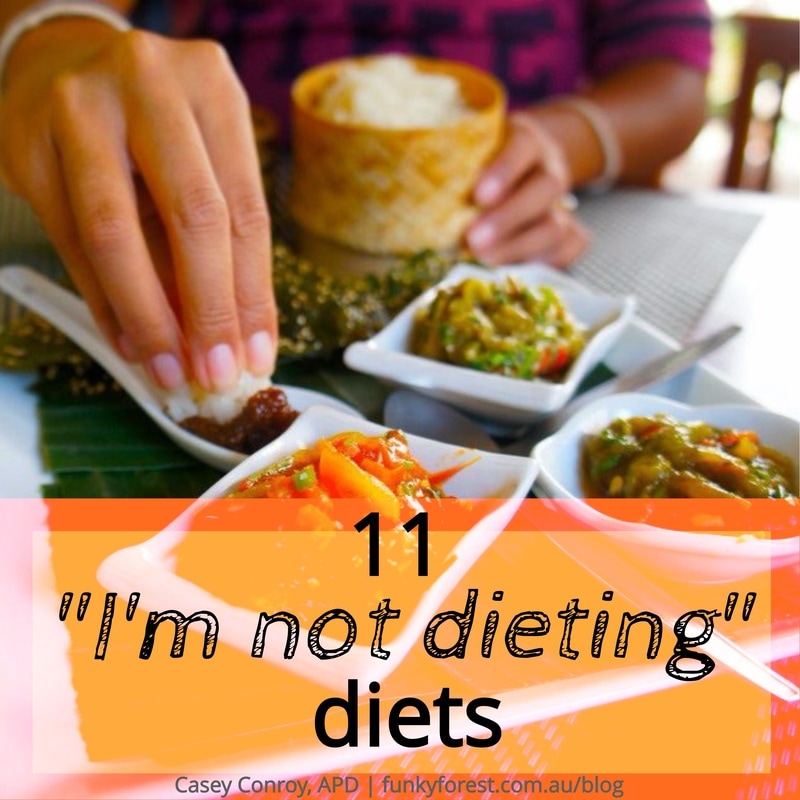

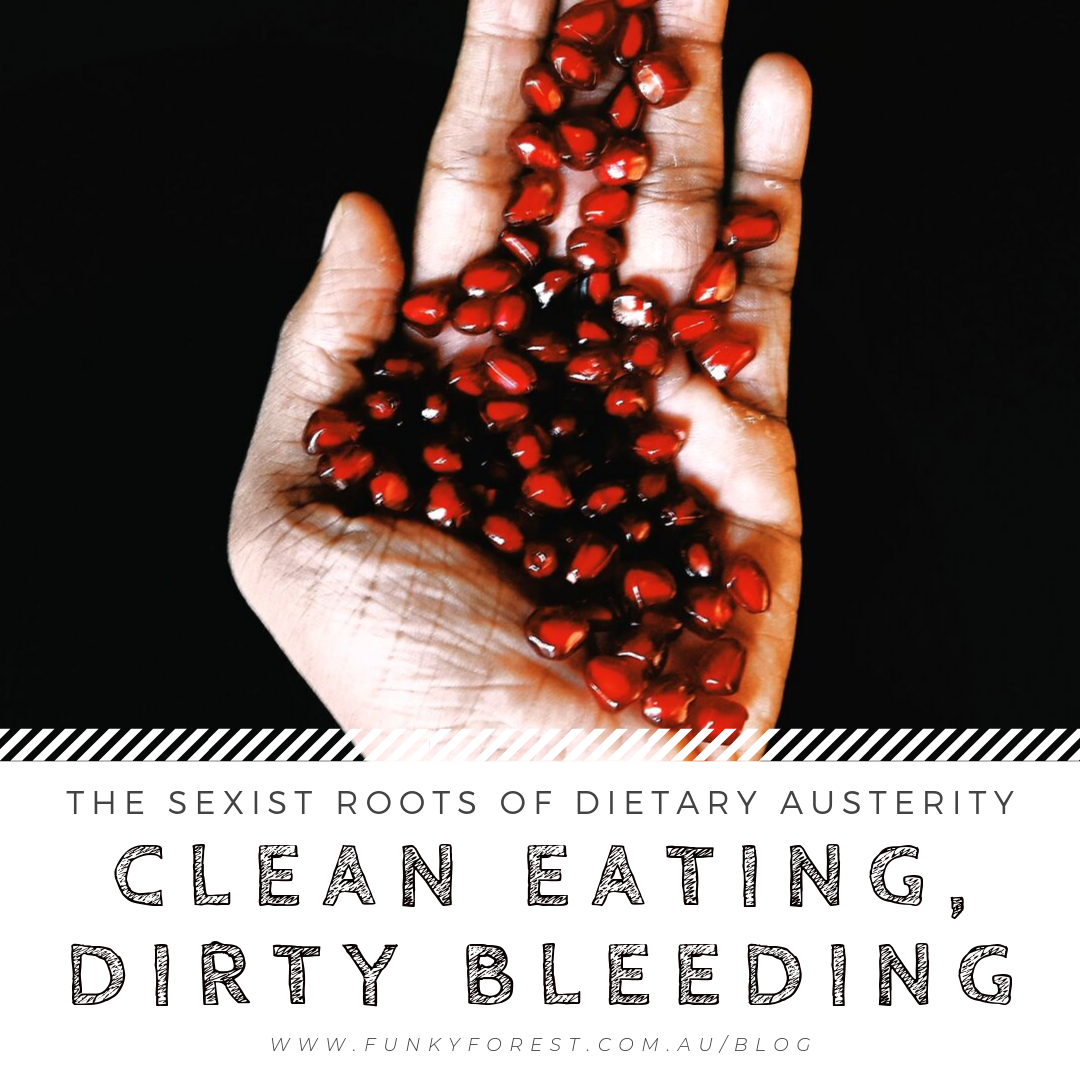




 RSS Feed
RSS Feed



